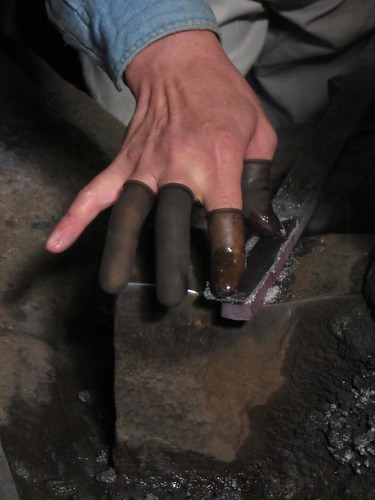- Joined
- Apr 9, 2012
- Messages
- 997
- Reaction score
- 610
I realize this is likely an 'it depends' and 'varies by personal preference' type of question. For single bevel knifes, especially of the thin slicing ilk, are Honyaki constructed knives considered more classic or traditional? Are there peformance advantages associated with them, or it it more that since it's a difficult, hand made process, they are revered for how they are made and they tend to be found only at the higher end?
Thanks
Thanks





